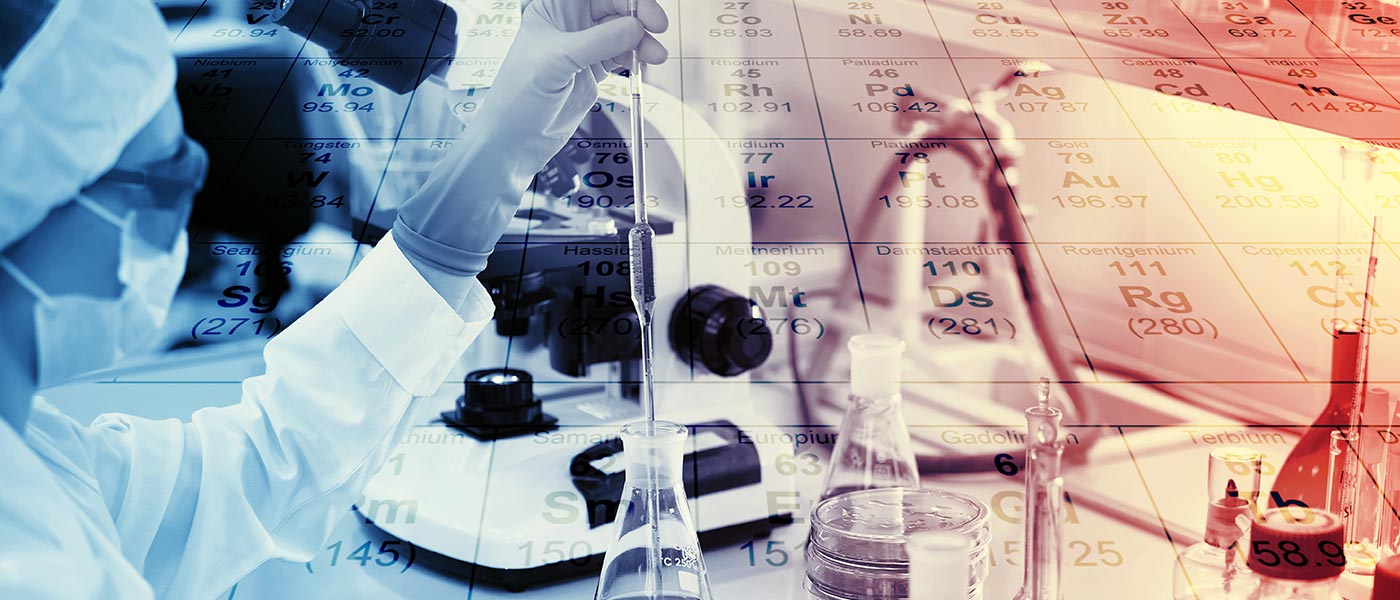Genes are the recipe of humans
I mentioned earlier that through gene therapy you can modify the body’s function when it comes to what protein the body creates as an example. As you said, one or a few desired genes are inserted, genes are part of DNA and just like the rest of DNA it contains information. Exact genes contain information on how the cell should form a particular protein and if a particular gene is missing, so also information on how the body should form that protein, which usually causes a disease. It is now known that not only does a gene have the information how the body should form a protein, but each gene has information about how the cells should form three different proteins, on the other, similar proteins, so-called related proteins. It may also happen that you lack or have very few B-cells and T-cells, also called lymphocytes, so you suffer from a disease called SCID and are very serious. You then become incredibly susceptible to infections as the lack or absence of lymphocytes makes you lack an adaptive immune system. SCID stands for severe combined immunodeficiency and this immune deficiency is precisely due to the lack of t cells and b cells, in the immune system it is namely the t cells that attack the “enemy” (like a virus, for example) from within the cell while it is the b cell that attacks ” the enemy ”from the cell. The genes are part of the DNA and tell the body how, where and when the body should form the necessary protein. Much of the body is made up of proteins and the body is highly dependent on them as they are like the building blocks of the body.
DNA and how Base pairs are build up
You could say that DNA is a recipe for a human being, where all the “codes” about how a human is made up and different genetic characteristics, the genetic mass is like a recipe for how the body should create different proteins. Humans contain huge amounts of DNA, each cell holds about 3 m of DNA twisted like spirals. The DNA molecules consist of base pairs consisting of a total of 4 different types of nitrogenous bases.
In the picture to the right you can see four different nitrogenous bases – Adenin (A), Tymin (T), Guanin (G) and Cystosin (C). These four nitrogen bases are divided into different base pairs and they always sit together in that way, the base pairs being A&T and C&G.
Vectors and virus vectors
When introducing new genetic material into an organism, it takes more than just injecting the gene with a syringe, an example is when to cure a certain type of SCID, the goal is then that the body starts to produce an enzyme like the immune system is largely dependent on. This enzyme is called adenosine deaminase and causes only about 15% of all SCID diseases, namely there are several different causes of getting SCID which is a very serious form of immunodeficiency disease. In order for this to happen, the gene must enter the white blood cells, which is a vector used for this to happen. The vectors used in gene therapy are mainly viral vectors and you usually use a virus as viruses penetrate the white blood cells and can transport the gene that will replace the missing / defective gene. Different types of vectors are used, these types are called retroviruses, adenoviruses, adeno-associated viruses and Herpes simplex virus type 1 (HSV-1). As I mentioned earlier, one can cure many different diseases with gene therapy since about 2,800 diseases are caused by single defective genes, which is why many different virus vectors are used. These different virus vectors fulfill different functions and can be adapted to the disease to be cured, for example if you want to transmit longer DNA sequences then the herpes virus vector is more suitable.
It may sound strange to introduce a virus into an already sick person, especially for example children who do not have a functioning immune system (SCID). A virus attacks the body and it spreads virus particles, it is called that it begins its lytic cycle, the infection can be very serious, it causes pathogenic effects and can sometimes even be fatal, which is why these viruses have to be manipulated. “A pathogen is defined as an organism that is capable of leading to disease or infection in the body.” you do as I said by manipulating their genome. You want to add one or a few genes to replace the damaged or missing genes, therefore you “paste” these genes, while “cutting out” other parts of the genome that are either ITR, LTR or TR, it varies which.
